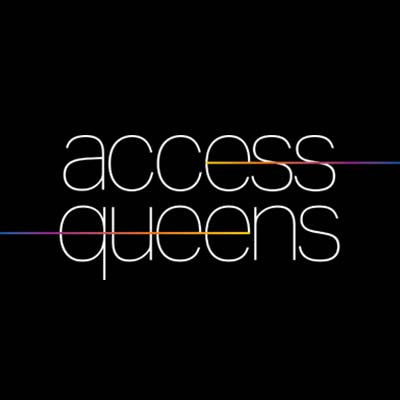Access Queens participated in the Waterfront Alliance Symposium on Saturday, May 21. Creative Director Brandon W. Mosley was on “Panel 3: Population Pressures on the Western Queens Waterfront,” as part of a bigger dialogue about the the challenges the waterfront holds for Queens residents.
Moderated by Elizabeth Lusskin of the Long Island City Partnership, other panelists included: Katie Denny Horowitz of Socrates Sculpture Park and Dorothy Morehead of CB2 in Queens. The panel discussed the ramifications of the rapid development occurring in Western Queens. The looming question: what will the incoming population mean for Queens as we know it?
A variety of topics were discussed, from how population growth is affecting an already at- or above-capacity transit system to how Long Island City’s infrastructure is severely taxed, specifically our public works. The sewer systems in Western Queens are overburdened and local residents and community boards should be putting pressure on builders and developers to construct responsibly to do things such as collect rainwater. Some developers are already taking water concerns seriously and are implementing water usage controls and collection methods into their building plans.
Another concern expressed was the need for more municipal services like hospitals. If such a large population of people is expected to come into such a small area, how and where can they get medical attention?
The 45-minute session was not nearly long enough to dive deep into all of the issues Western Queens will be facing in the coming decades. Problems with the 7 Train dominated the discussion and how the population pressures will affect an already above-capacity subway line. Results were shared from the “Ask the MTA” town hall in April, with the perspective that the rider’s experience doesn’t always match what the MTA thinks riders experience. Brandon noted that the waterfront is not the only part of Queens that will be affected by this rapid population growth. Flushing is plagued by many of the same issues — not the least of which is transporation.
The panel brought to light that there are many legs to running a city — at the waterfront, aboveground and underground. What the city is experiencing is a serious disconnect between them. Builders are erecting residential spaces left and right, but there doesn’t seem to be anyone who owns the big picture. Municipal services are not aligned with the current population or the projections for growth in the Borough.
There are many more discussions to be had. Another symposium is likely to happen early next year. In the meantime, Brandon formed connections with great organizations that Access Queens can partner with to strengthen advocacy around our shared causes.
Special thanks to the Metropolitan Waterfront Alliance and Green Shores NYC for co-sponsoring the event, and the Astoria Historical Society for hosting.

